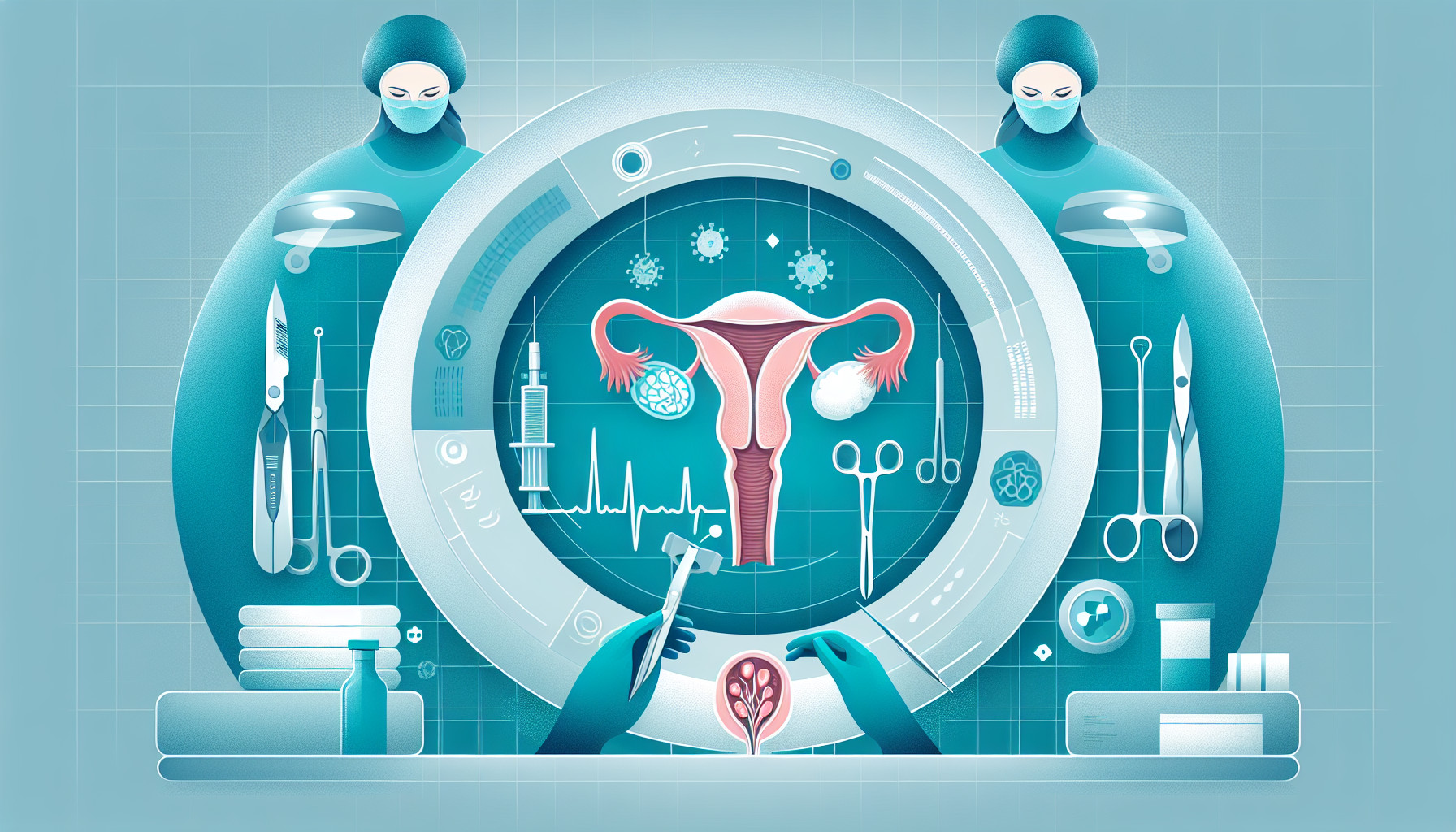Our Summary
This research paper discusses a very rare type of ovarian tumor called a Sclerosing Stromal Tumor (SST) that mainly affects young women. Sometimes, women with SST experience pelvic pain and irregular periods. The study presents the case of an 11-year-old girl who had symptoms of stomach pain and irregular periods. Doctors used ultrasound and MRI scans to identify tumors in her ovaries and fallopian tube. She went through surgery where the problematic masses were removed. After examining the removed tissue, doctors confirmed that she had SST in her left ovary and a Müllerian cyst in her right fallopian tube. This is the first known case where a patient had both SST and a Müllerian cyst at the same time.
FAQs
- What is a Sclerosing Stromal Tumor (SST) and who does it commonly affect?
- How are ovarian tumors like Sclerosing Stromal Tumors and Müllerian cysts identified and diagnosed?
- What symptoms may indicate the presence of a Sclerosing Stromal Tumor or a Müllerian cyst?
Doctor’s Tip
A helpful tip a doctor might give a patient about ovarian cyst removal is to follow all post-operative instructions provided by the medical team, including taking prescribed medications, avoiding strenuous activities, and attending follow-up appointments. It is important to monitor for any signs of infection or complications, such as excessive pain, fever, or abnormal vaginal bleeding, and to contact your healthcare provider if any concerns arise. Additionally, maintaining a healthy lifestyle, including regular exercise and a balanced diet, can help promote overall healing and prevent future cyst formation.
Suitable For
Patients who are typically recommended ovarian cyst removal include:
Women with symptomatic ovarian cysts: Ovarian cysts that cause symptoms such as pelvic pain, bloating, irregular periods, and difficulty urinating may require surgical removal.
Women with large ovarian cysts: Large ovarian cysts, especially those that are causing pressure on surrounding organs or are at risk of rupture, may need to be removed surgically.
Women with complex ovarian cysts: Complex ovarian cysts, which may contain solid components or have irregular borders, may need to be removed to rule out the possibility of ovarian cancer.
Women with recurrent ovarian cysts: Women who have recurring ovarian cysts that do not resolve on their own may be recommended for surgery to prevent future complications.
Women with suspected ovarian tumors: Ovarian cysts that are suspected to be tumors, such as SST or other rare types of ovarian tumors, may require surgical removal for further evaluation and treatment.
Overall, the decision to recommend ovarian cyst removal will depend on the individual patient’s symptoms, the size and characteristics of the cyst, and the presence of any concerning features that may indicate a more serious underlying condition.
Timeline
Before Ovarian Cyst Removal:
- Patient experiences symptoms such as pelvic pain and irregular periods
- Doctors conduct ultrasound and MRI scans to identify tumors in the ovaries and fallopian tube
- Surgery is recommended to remove the problematic masses
After Ovarian Cyst Removal:
- Patient undergoes surgery to remove the tumors in the ovaries and fallopian tube
- Tissue from the removed masses is examined to confirm the diagnosis of SST in the left ovary and a Müllerian cyst in the right fallopian tube
- Patient may experience relief from symptoms such as pelvic pain and irregular periods
- Follow-up appointments are scheduled to monitor recovery and ensure no recurrence of tumors
What to Ask Your Doctor
- What are the risks and benefits of ovarian cyst removal surgery?
- How will the surgery be performed and what is the recovery process like?
- Will I need any follow-up treatments or medications after the surgery?
- Are there any potential complications or side effects associated with this procedure?
- How likely is it that the cyst will come back after removal?
- Will the removal of the cyst affect my fertility or hormone levels?
- Are there any lifestyle changes or precautions I should take after the surgery?
- What is the long-term outlook for someone who has had ovarian cyst removal surgery?
- Are there any alternative treatment options available for ovarian cysts?
- Can you provide me with more information about Sclerosing Stromal Tumors and Müllerian cysts, and how they may affect my health in the future?
Reference
Authors: Zhang X, Guo J, Yang L, Zhao Y, Zhang Y, Wang P. Journal: Int J Gynecol Pathol. 2020 Mar;39(2):e5-e10. doi: 10.1097/PGP.0000000000000629. PMID: 31433378
